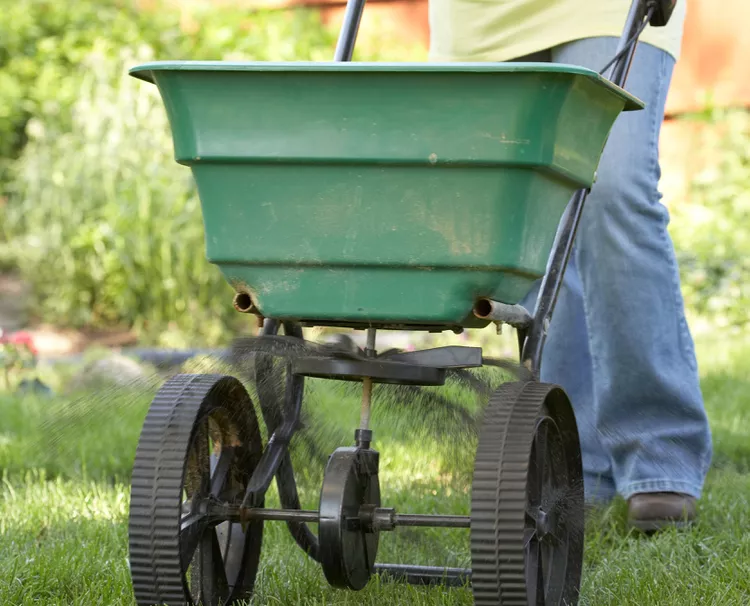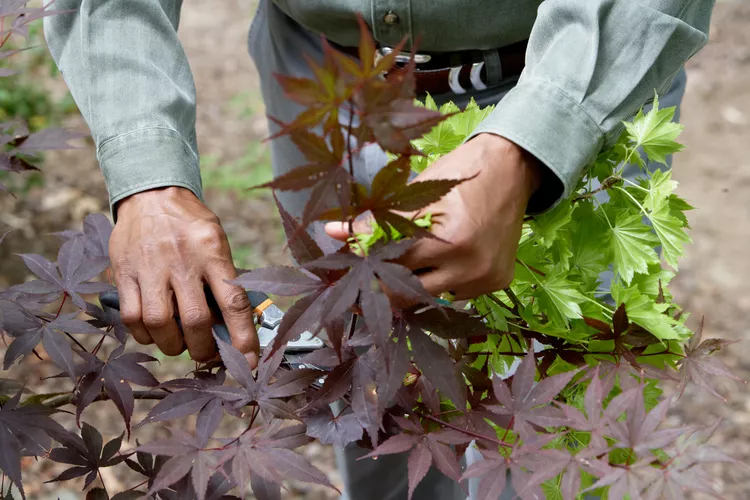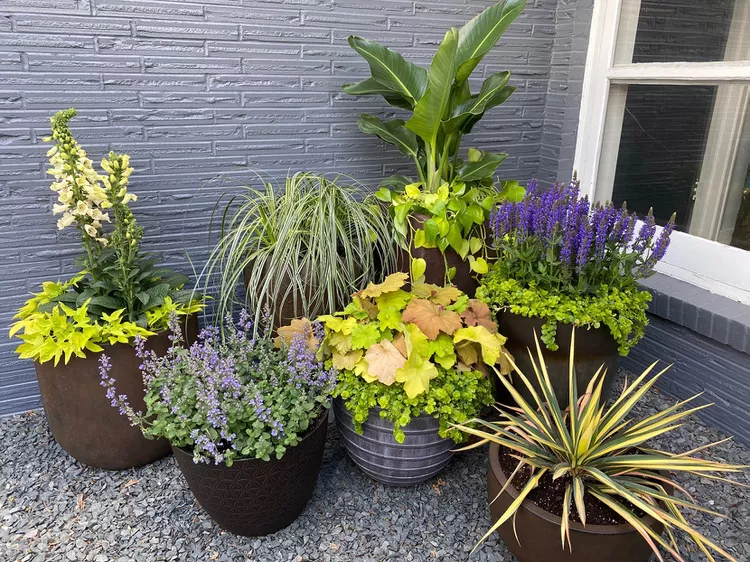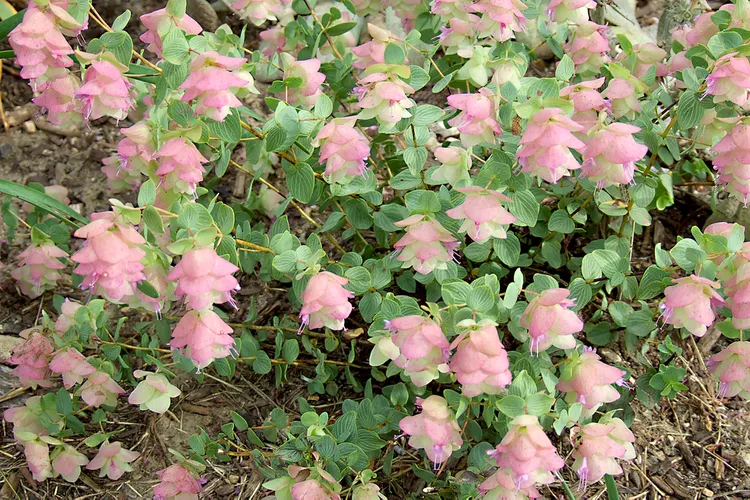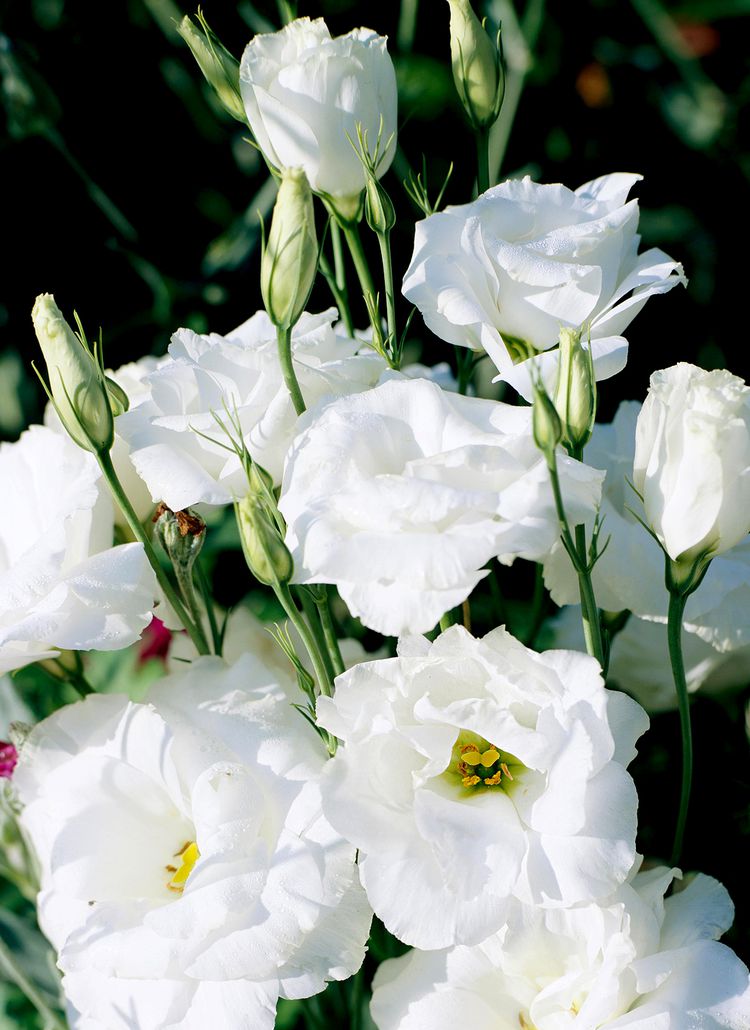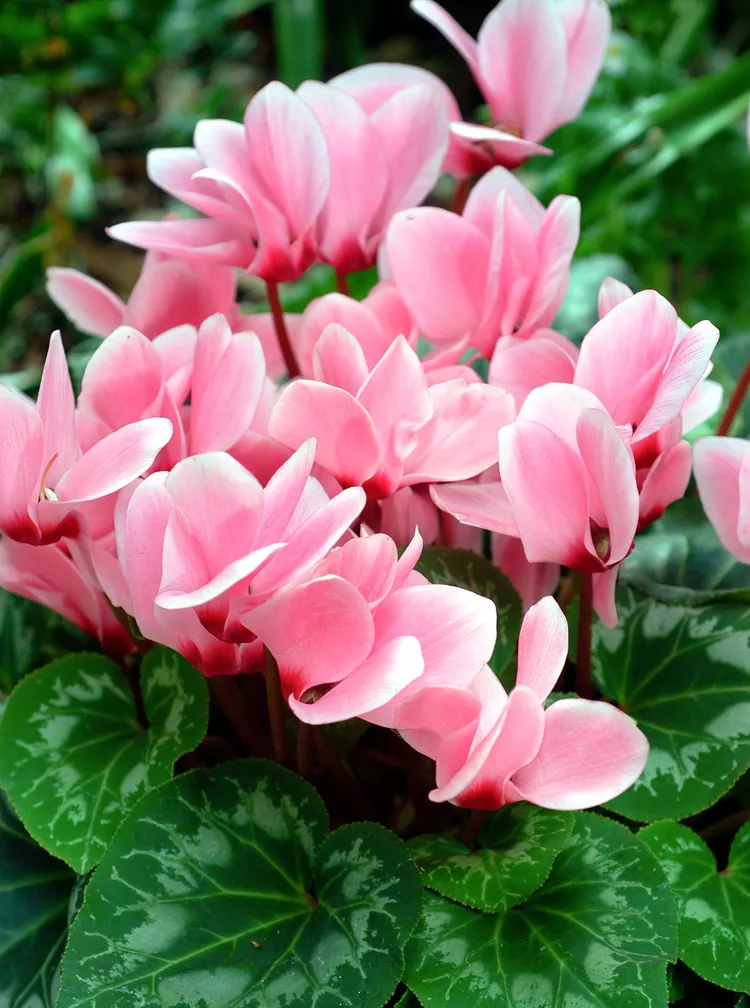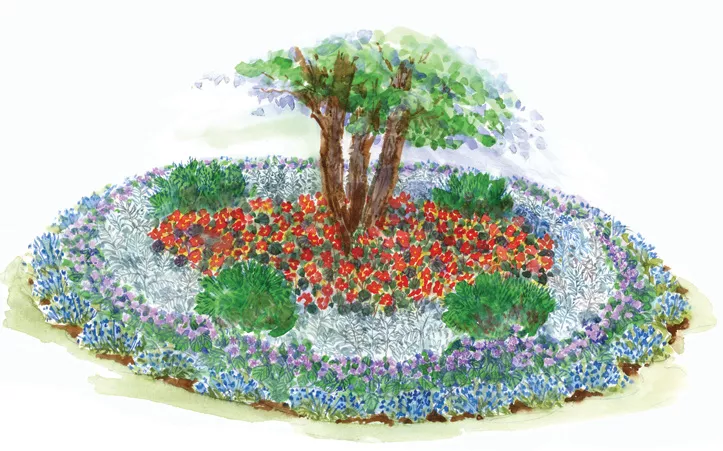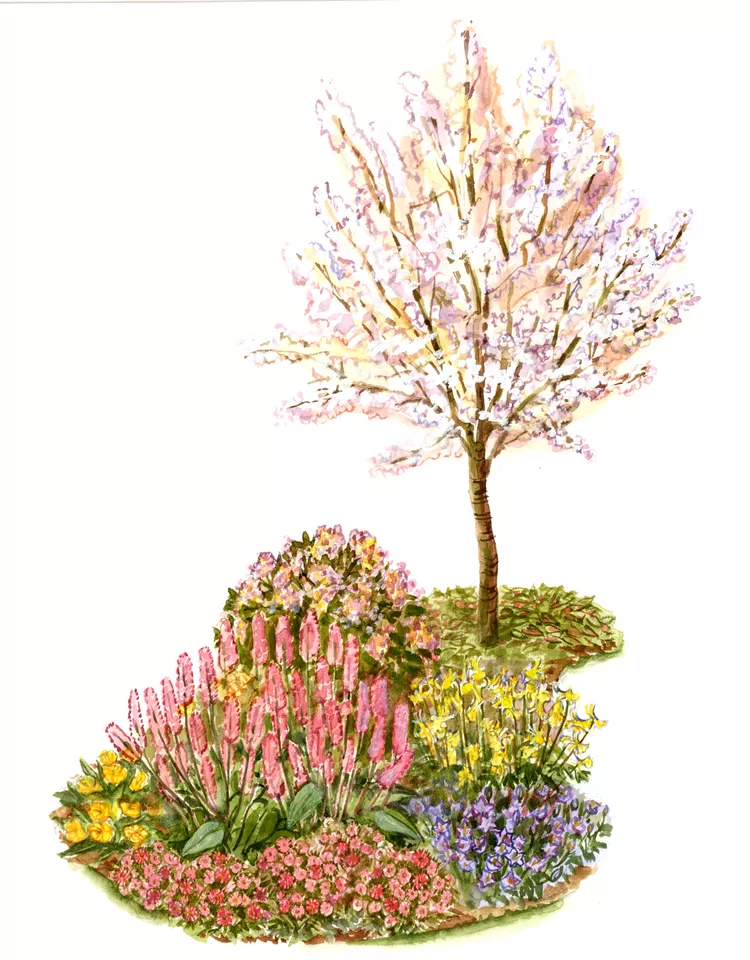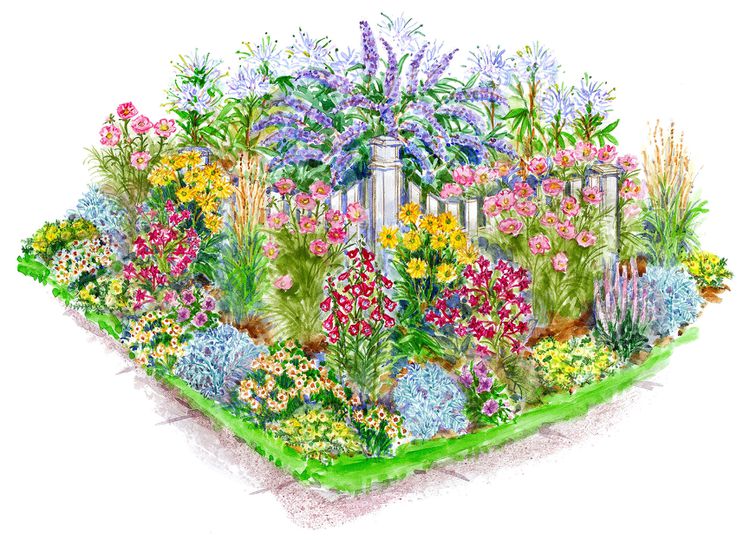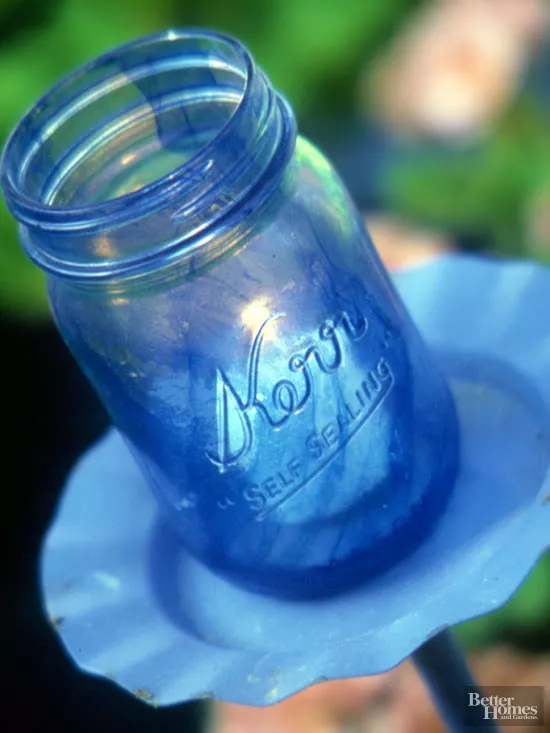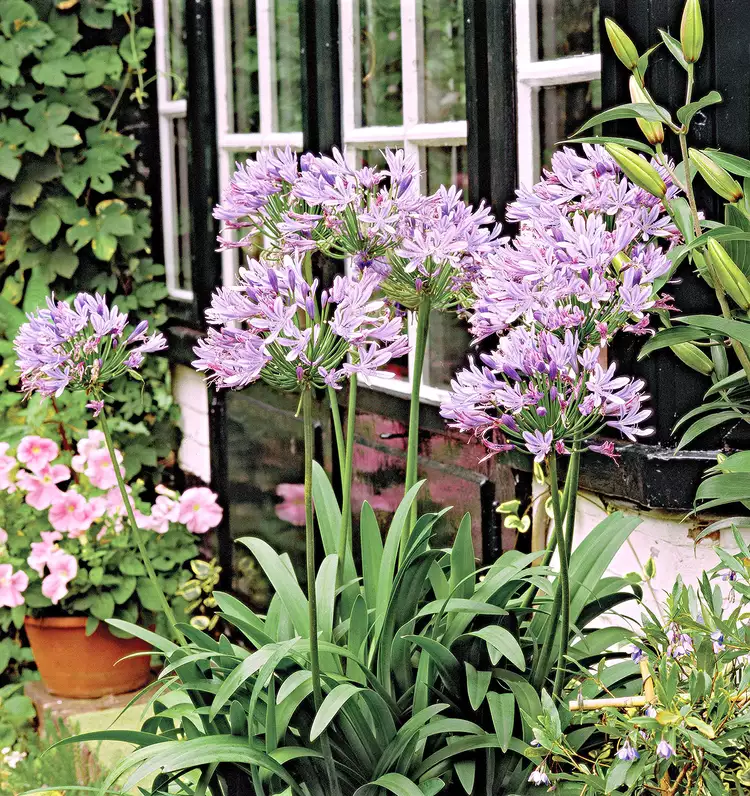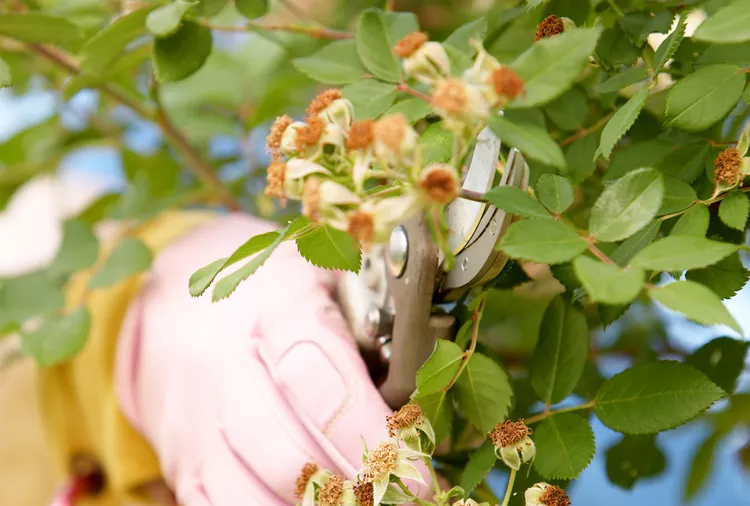In the world of gardening, the battle against bugs, diseases, and weeds is an ongoing one. Among the most troublesome adversaries are the voracious pests that leave plants with tattered foliage and their lawn - damaging larvae. This guide is your key to identifying and eliminating these nuisances, ensuring a healthy and thriving garden.
First, let's talk about the identification of these pests. There are numerous types of insects that can cause significant damage to your plants. For example, caterpillars are well - known for their appetite for leaves. They can quickly strip a plant bare, leaving it weak and vulnerable to other diseases. You can often spot caterpillars on the undersides of leaves, where they hide during the day. Look for small, worm - like creatures with various colors and patterns. Some caterpillars may be green to blend in with the foliage, while others can be brightly colored as a warning to predators.
Another common pest is the beetle. Beetles come in many shapes and sizes, and some species are particularly fond of garden plants. The Japanese beetle, for instance, is a major problem in many areas. These metallic - green and copper - colored beetles feed on the leaves, flowers, and fruits of a wide range of plants. They often skeletonize the leaves, leaving only the veins behind. You can identify Japanese beetles by their distinctive appearance and the characteristic damage they cause.
Slugs and snails are also frequent garden pests. They are most active at night and in damp conditions. These mollusks leave behind a trail of slime as they move, and they can chew large holes in leaves and flowers. You may find them hiding under pots, in mulch, or in other dark and moist places during the day.
Once you have identified the pests in your garden, it's time to take action to eliminate them. One of the most effective methods is manual removal. For caterpillars and beetles, you can simply pick them off the plants and drop them into a bucket of soapy water. This is a quick and easy way to reduce the pest population, especially if the infestation is not too severe.
For slugs and snails, you can set up traps. A simple trap can be made by placing a shallow dish filled with beer in the garden. The slugs and snails are attracted to the beer and will crawl into the dish and drown. You can also create barriers around your plants using materials such as crushed eggshells or diatomaceous earth. These substances are sharp and will deter slugs and snails from crossing them.
When it comes to the larvae of these pests, they can be just as damaging, if not more so. Lawn - damaging larvae, such as grubs, can cause extensive damage to your lawn. Grubs are the larvae of beetles, and they feed on the roots of grass. This can lead to brown patches in the lawn and make it more susceptible to drought and other stressors. To control grubs, you can use beneficial nematodes. These microscopic worms are natural predators of grubs. You can apply them to your lawn according to the instructions on the package, and they will seek out and kill the grubs.
Chemical pesticides can also be used as a last resort. However, it's important to use them carefully and follow the instructions on the label. Some pesticides can be harmful to beneficial insects, such as bees and ladybugs, which are important for pollination and pest control in the garden. If you choose to use pesticides, opt for those that are specifically targeted at the pests you are trying to eliminate and apply them at the appropriate time.
Preventive measures are also crucial in keeping your garden pest - free. Keep your garden clean and free of debris, as this can provide hiding places for pests. Regularly inspect your plants for signs of damage or pests, and take action as soon as you notice a problem. Rotate your crops each year to prevent the buildup of pests and diseases in the soil. Also, choose pest - resistant plant varieties whenever possible.
In conclusion, dealing with bugs, diseases, and weeds in the garden requires a combination of identification, elimination, and prevention. By following the tips in this guide, you can effectively identify and eliminate the voracious pests that leave plants with tattered foliage and banish their lawn - damaging larvae. With a little effort and vigilance, you can enjoy a beautiful and healthy garden all season long.


